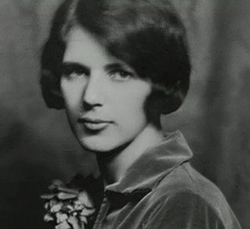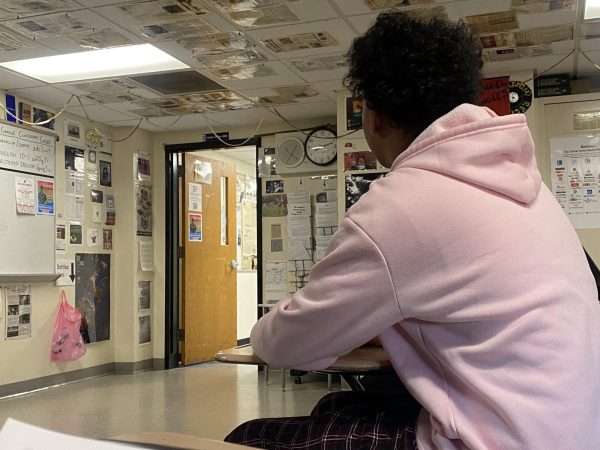St. Patrick’s Day – A Brief History

Courtesy of http://maxpixel.freegreatpicture.com
March 17, 2017
Every year on March 17th we celebrate Saint Patrick’s Day. St. Patrick’s Day is a widely recognized holiday throughout the country for the celebration of the Irish culture and heritage. It has been celebrated since the late 18th century in North America. Many see this as a holiday surrounded by shamrocks, leprechauns and everything green. However, this holiday was not always viewed this way.
The Irish have been celebrating this holiday for over 1,000 years. Celebrations include public parades, festivals, music, dancing and the wearing of green in honor of the Irish heritage. Parades and festivals are very common in Ireland for the holiday, but oddly enough the first parade to celebrate St. Patrick’s Day was in the United States. The first parade celebration was held in New York City where Irish soldiers walked the streets to reconnect with their Irish roots.
Saint Patrick’s Day became a holy day of obligation and a feast day for the Roman Catholics in Ireland in the 17th century. Being the patron of Ireland, Saint Patrick’s feast day was put on the calendar for the Catholic Church. It was seen as a day to honor Saint Patrick’s life and the arrival of Christianity in Ireland. However, there is very little known about St. Patrick and his background. What we do know is that Saint Patrick was born in Roman Britain and was kidnapped and brought to Ireland as a slave in the fifth century. He escaped Ireland but returned later to bring back Christianity to the people of Ireland. He was seen as a hero and was made into the patron of Ireland.
Falling in the middle of lent, people used to only attend and celebrate the holiday in church. They were not able to eat or drink what they wanted due to the religious restrictictions. However, in the 20th century the church started to waive the Lenten prohibitions so people were allowed to dance, eat meat, and drink on this special occasion. Ireland repealed the law and reopened the pubs granting the people to celebrate the holiday without any restrictions.
On St. Patrick’s Day it is customary to see large crowds of people wearing shamrocks and green attire. But what does this all stand for? According to legends, St. Patrick used a shamrock as the three-leaved plant to explain the Holy Trinity (Father, Son, Holy Spirit). Many people associate the holiday with the color green however, it was not until the Irish Rebellion in 1798 that the color was officially associated with the holiday. Before the rebellion St. Patrick’s Day was associated with the color blue, being the color in the royal court and on the ancient Irish flags. As the rebellion began the Irish decided to wear green after seeing the British wear their red attire.
Today St. Patrick’s Day is celebrated all around the world, especially in the United States. If you celebrate make sure to remember the history of Saint Patrick and to honor the Irish heritage. Happy St. Patrick’s Day!












